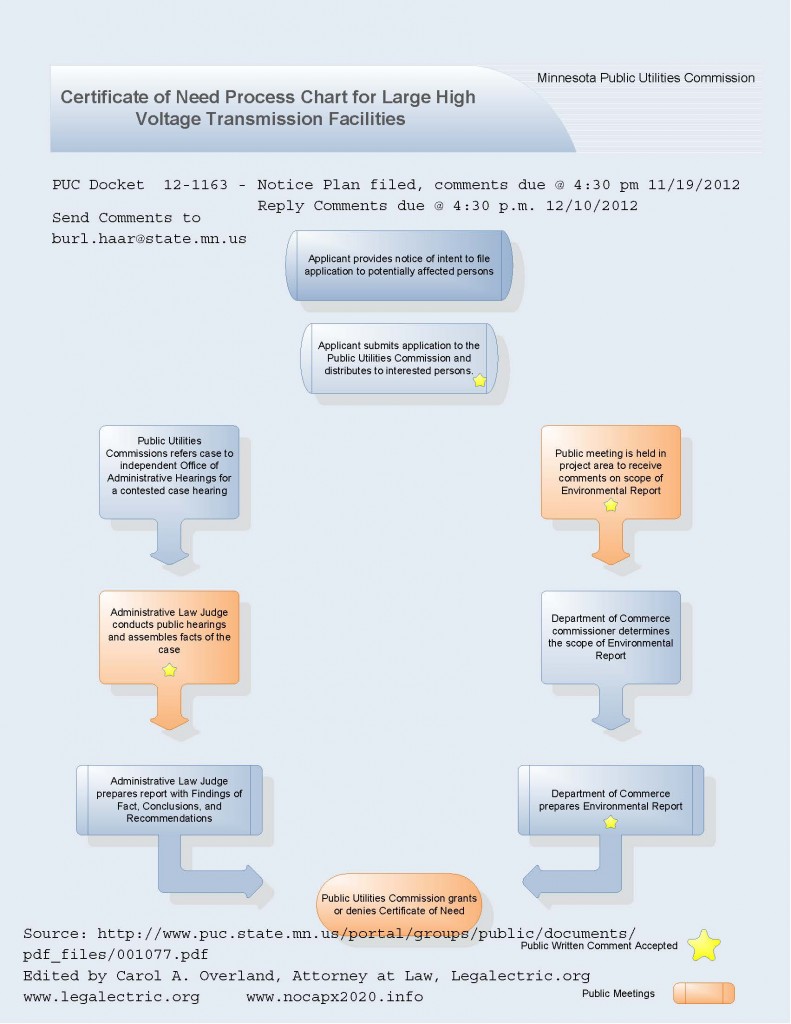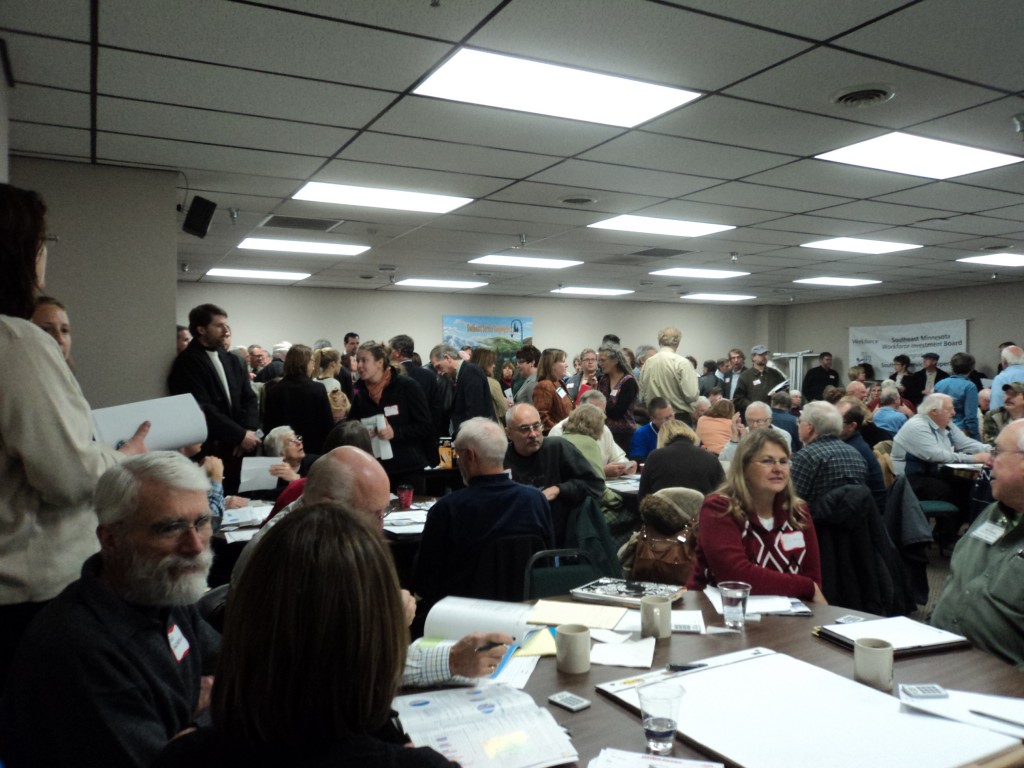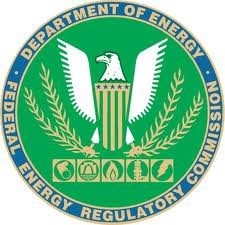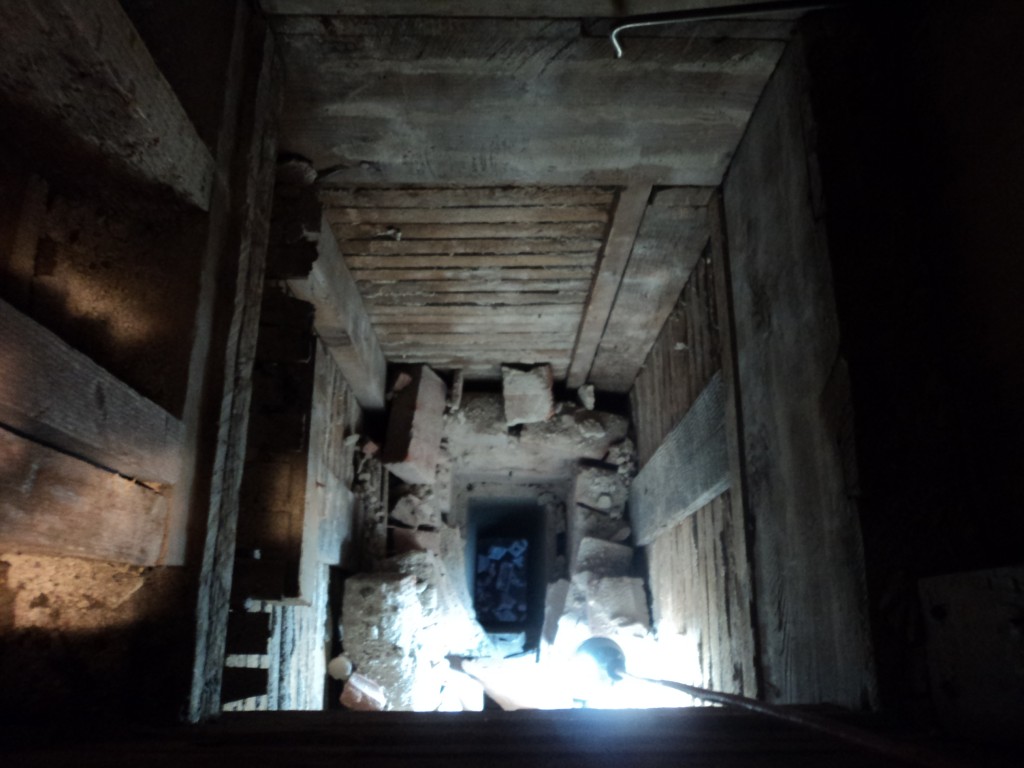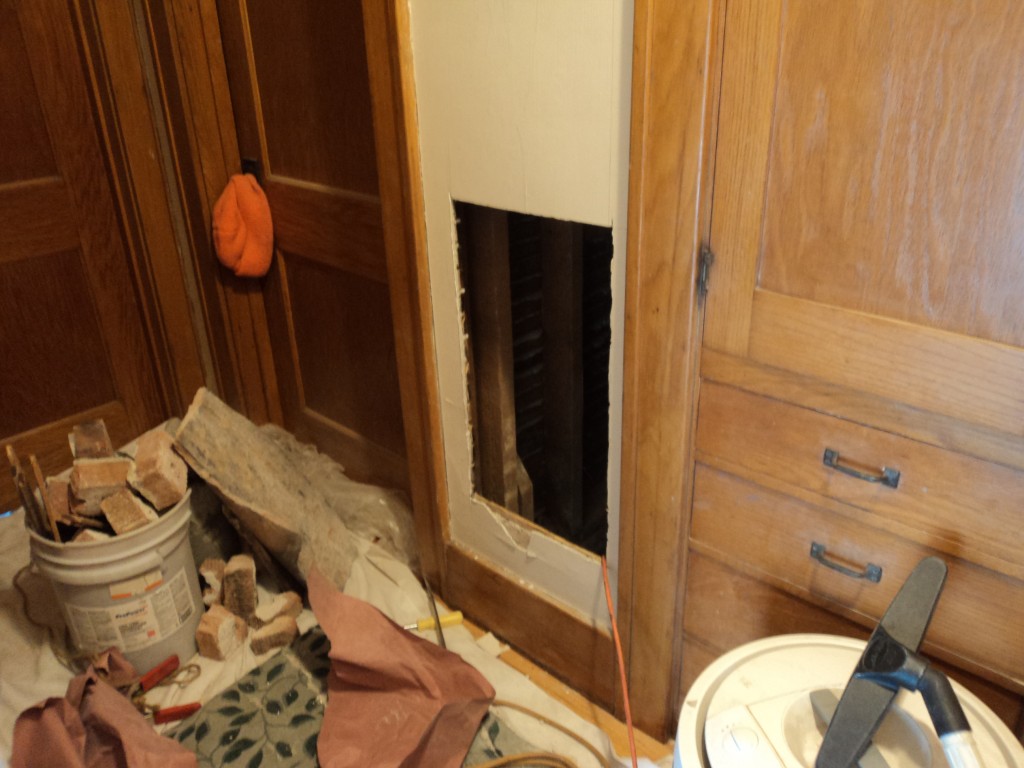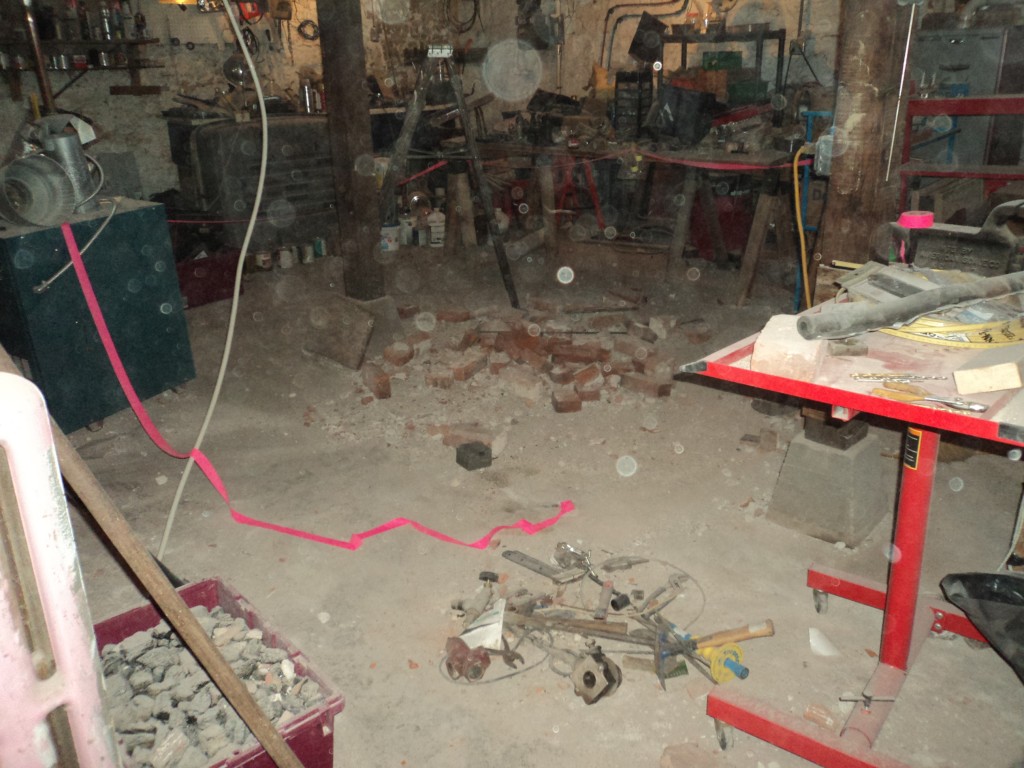Not-so-Great Northern Transmission Line Comments
January 16th, 2013
Comments were due today on Minnesota Power’s request for Exemptions from the rules governing content of Applications for a Certificate of Need for a transmission line.
Look at the red on that map — potentially affected areas where MP is looking to put a transmission line. WOOOOO-EEEE, that’s a lot of land!
Minnesota Power’s proposed Great Northern Transmission Line is inching along in the Certificate of Need process. Here’s Minnesota Power’s site:
And to look at the full docket, go to www.puc.state.mn.us, click on “Search eDockets” and search for 12-1163. The application is expected sometime in March or so, but I’d guess it will be later.
Here’s how they plan to let people know about the project — it was filed a while ago, Comments were due, and I tried and tried to get people to comment, oh well, here’s what was filed about the Notice Plan filed in October and the Comments filed in November:
That’s sitting at the PUC now. So where are we? Just starting out… Here’s a diagram of the hoops for the PUC process, edited a bit by yours truly for handouts at the meetings a couple months ago, we’re at the very first box in the chart:
Today, comments were due on the Minnesota Power request for Exemptions from some specific rules, Reply Comments, that is. Here’s what’s been filed:
Minnesota Power Exemption Request
EQB “Streamlining” Comments Due!
January 14th, 2013
This “streamlining” of environmental review marches onward.
COMMENTS ARE DUE TOMORROW!
I’d guess that the Gov. got an earful of what the people thought of his idea to … well… to… see E.O. 11-32, with an apparent intent to gut, slice and dice – the people don’t like it one bit:
Meetings were held, comments were given, but the only thing presented to comment on, and about which comments were directed, was the “Environmental Report Card.” But there also was a report about “Improving Environmental Review” and “Environmental Coordination and Governance.” Not one word was said by the meeting facilitators about these two reports, reports that were “approved” by the EQB before these meetings were even held! Great, just great.
Here were a few of my comments at the time, which I’ll be sending in, in technicolor:
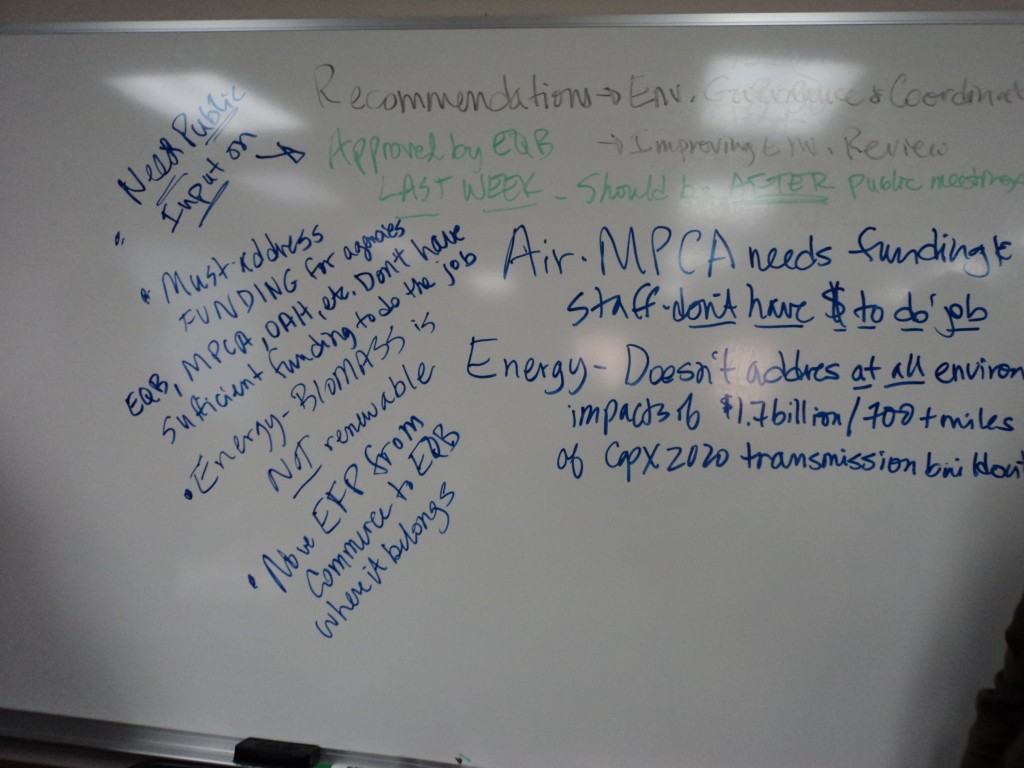
Links to the EQB Environmental Review documents:
- Evaluation and Recommendations for Improving Environmental Review
- Recommendations for Environmental Governance and Coordination
- Minnesota Environment and Energy Report Card
At the meeting, I’d asked when comments were due, and the response, after they all looked at each other, was “anytime before the Environmental Congress (sometime in March, still no date disclosed).
Now, I hear there’s a deadline of January 15. It’s not on the EQB calendar, and it’s buried on the “Environmental Congress” page. Here is that deadline and also a form to make online comments:
Click HERE for the EQB’s “Resource” page.
Note there’s a “Calendar” on the Resource Page, above Click on that CALENDAR and note that there is no mention of any deadline for comments.
Please read the two reports with something of substance (the report card is “fluff” at best):
- Evaluation and Recommendations for Improving Environmental Review
- Recommendations for Environmental Governance and Coordination
What’s most important about these is that they’ve backed off from some of the language of the draft reports, the “eliminate regulation” mantra is not so frenetic. The charge for these reports was:
1. Evaluate and make recommendations on how to improve environmental review
2. Evaluate and make recommendations for improved environmental governance and
coordination
This is the part I find disturbing — tell me, how does this relate to the charge:
The elements of the evaluation directed by EQB included:
- Look at the original intent of environmental review and consider if circumstances in Minnesota have changed such that a fundamental change in the original intent is needed.
It also claims that:
The intent of this draft report is to provide a transparent depiction of the process
that was used to develop recommendations and allow for broad public review of the
recommendations.
Where’s the “broad public review” of this report? There is NONE! It’s up to us, folks, to go over this and review it and comment on it, because so far, “broad public review” hasn’t been happening.
The part that is most disturbing to me is the way they’re trying to reframe “intent.” I don’t know where this came from, E.O. 11-32 says not one word about “intent” of environmental review — that’s a legislative mandate from decades ago. Who wrote this? Was it our good friend Charlie Peterson who wrote it, the one who facilitated these meetings, the one who facilitated the CapX 2020 Task Forces so abysmally, going far afield of the charge? Where does the writer of this report get any direction or authority to rewrite legislation, legislative history, and redefine the intent of environmental review?
Here’s what’s in the “final” report, p. 5-6, approved by the EQB on November 14, 2012:
What’s wrong with that? Take a closer look. The problem is the part about “consideration of both short and long term social and economic needs of the state.” Environmental review is to look at impacts, to provide information, and it is not about “consideration of both short and long term social and economic needs of the state.” Environmental review has never done a thorough cost/benefit analysis. Social and economic impacts are supposed to be addressed in environmental review, but “NEEDS” — let’s talk about what the social “needs” of the state are, and let’s talk about what the economic “needs” of the state are. Who decides what a social or economic “need” is, and what weight to give it? If this report is any indication, we’re in trouble. Look in Appendix D at the weights given to the groups, and you’ll see that in the identical categories, when asked to pick the most important issues, some groups get more votes than others. Whose opinion counts more? Look at their Appendix D to see.
Send in your comments on the studies, let them know you’re commenting on the studies and then tell them what you have to say, and note that something this important does indeed require a “broad public review.” At least, that’s this broad’s opinion!
Challenge of Xmsn Rate of Return
January 6th, 2013
Fun stuff happening at the Federal Energy Regulatory Commission. Remember the outrageous rates that FERC approved for CapX 2020 and PSEG’s Susquehanna-Roseland, over 12% rate of return on equity in this day of 3.25% prime rate? Environment Northeast is taking this issue to FERC, and have filed a Complaint and are requesting that the rate on equity (ROE) allowed be lowered:
Read this Complaint! It’s very clear about why:
Complaint Ex. C-1, p. 2 of 42. Here’s Exhibit C-107, p. 2 of 2, Panel A, showing Moody’s Long-Term Public Utility Bond Yields — can you see why utilities are so fond of the FERC Return on Equity Orders? This is not rocket science:
An interesting exhibit, well, ALL of them are interesting, but check Exhibit C-110, statistics for their “Electric Proxy Group” which includes some of our nearest and dearest utilities (click on charts for larger view):
And this one, also from Exhibit C-110, addressing comparative risk metrics for their group of utilities with the “Electric Proxy Group” which, again, includes some of our local utilities (note Xcel’s ratings of B++, And ALLETE/Minnesota Power’s A):
And 10 year US Treasury Yields:
FERC has issued Notice, which sets out how you can participate, including filing requirements and process:
Initial comments, protests and interventions are due January 16, 2013. Use FERC’s eFiling HERE!
If you are unable to file electronically (but it pays to figure it out and eliminate hard copies!), send to:
FERC 888 1st St. NE Washington, DC 20426
Enjoy!
Chimney almost gone!
January 5th, 2013
Going down? Looking from the second floor way way down into the basement!
And here’s what will be the in and out for the second floor, it was quite the trick to lean in and down and pull out the liner and bricks below the floor level:
And here’s where the chimney used to be — a basement without a chimney is as good as an attic without a chimney — so much room. It was once where that small pile o’ bricks is in the middle of the floor. Say goodbye to the old boiler, the hot water heater, gone, gone, gone, well, out and now needing a new home. Need a boiler? $500 for the boiler! Need a hot water heater? FREE! Both work great! Just let me know when you can come and get them!! The dust from this, however, will take years to eradicate:

